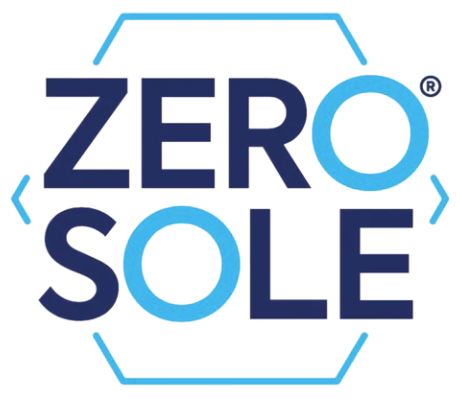Finding the right insole can make the difference between daily discomfort and pain-free movement. With so many options: gel, foam, custom, or customisable offloading (pressure-relief), it’s easy to get overwhelmed. In this guide we’ve broken down the science and practical considerations behind insole selection so you can make an informed choice for your specific needs.
Gel insoles vs foam vs custom vs offloading insoles
Gel insoles
- Designed for cushioning and shock absorption.
- Best for: Relief from fatigue or standing long hours.
-
Limitations: don’t offer much structural support for conditions like plantar fasciitis.

Foam insoles
- Provide lightweight cushioning with some contouring – firmer (higher density foam) options provide additional arch support
- Best for: general comfort, additional arch support, or casual use.
- Limitations: compress over time, reducing effectiveness.

Custom orthotics
- Created by podiatrists using a mould or 3D scan of your feet.
- Best for: severe or chronic musculoskeletal conditions that require a higher degree of control/support.
- Limitations: expensive (often £300+), long lead times, limited adaptability once made.

Offloading insoles - customisable (ZeroSole)
- Combines shock-absorbing gel with memory foam contouring & cushioning, with unique removable hexagonal cells for custom heel and forefoot pressure relief.
- Best for: people with specific sites of pain or foot lesions (e.g. corns/callus) underneath the heel or forefoot (ball of the foot), or metatarsalgia.
- Advantages: combines personalisation with the flexibility and affordability of over-the-counter insoles.

Condition-specific recommendations
- Plantar fasciitis → Arch-support foam insoles, offloading insoles, or custom insoles for arch support and heel cushioning.
- Metatarsalgia (ball of foot pain) → Forefoot memory foam cushioning and customisable offloading insoles let you fine-tune pressure relief exactly where the pain is.
- Flat feet / overpronation → Firm arch support via custom or higher density foam insoles.
- Pressure-induced lesions (e.g. corns/callus) → Pressure redistribution is critical to effectively relieve pain from corns/callus underneath the sole of the foot. Offloading insoles (e.g. ZeroSole) or custom orthotics are recommended.
- General foot fatigue → Foam or gel insoles can help, though not a long-term fix.
Activity-Specific Needs
- Running & sports → Focus on shock absorption, energy return, and stability. Customisable/offloading insoles or gel insoles excel.
- Standing all day (nurses, retail, factory workers) → Prioritise heel cushioning and arch support to reduce fatigue.
- Dress shoes → Low-profile foam or slim-fit options to maintain comfort without bulk.
- Recovery / rehabilitation → Customisable offloading insoles allow targeted pressure relief under the injured sites (sole of foot pain conditions – e.g. metatarsalgia). Medium-high density foam insoles or custom insoles are recommended if further support or foot re-alignment is required, for complex musculoskeletal conditions.
Cost vs benefit analysis
- Gel insoles: £15–£30 → Great for short-medium-term comfort/shock absorption.
- Foam insoles: £20–£40 → Affordable, but lifespan is limited due to compression.
- Custom orthotics: £300+ → Effective but costly.
- Offloading insoles (e.g. ZeroSole): £30 → Durable, adaptable, and cost-efficient but limited arch support for complex musculoskeletal conditions.
Final thoughts
The right insole depends on your foot condition, lifestyle, and budget. Gel and foam provide comfort, custom orthotics offer precision, and customisable insoles like ZeroSole are perfect for custom pain relief and pressure relief.

